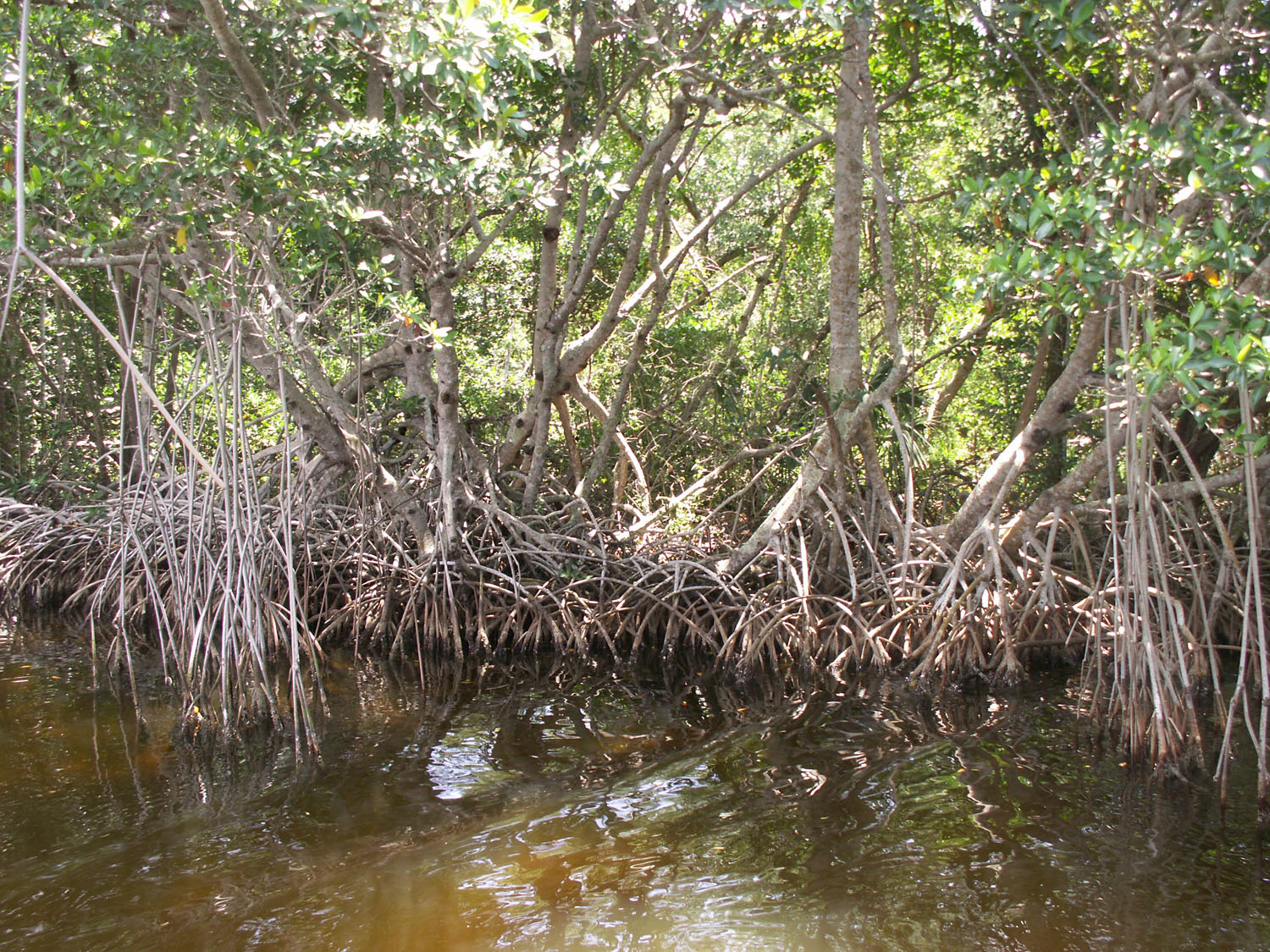By Valerie Perini
Along with ongoing and impending changes to the earth’s climate come many generalizations about how organisms and natural communities will respond, but these generalizations often fail to account for the vast diversity of adaptive mechanisms employed by different organisms. For instance, much research to date has predicted that tropical ectotherms are especially vulnerable to warming since many are already living close to their thermal limits. However, these predictions are based on studies of mostly insects and lizards, and this concept has been untested in other taxa. To fill this gap, Senior Research Technician Francis Choi and Professor Brian Helmuth worked with a team of researchers from Brunei, Malaysia, and the UK to investigate the thermal tolerance of various marine snails inhabiting tropical coasts around the world.
In the study, recently published in the journal Ecology and Evolution, Choi, Helmuth, and colleagues collected data for several thermal physiology parameters, including the upper lethal temperatures of 40 species of tropical marine snails inhabiting exposed rocky shores and shaded mangrove forests in Oceania, Africa, Asia, and North America. They used historical weather data to estimate body temperature extremes in the snails.
Results of genetic analysis revealed little variation in thermal limits of species in different habitats and geographic locations, indicating that evolution has likely pushed the thermal limits of these animals as far as they can go. The researchers then quantified each species’ sensitivity to climate warming, and found that rocky shore snails in the study are more sensitive to projected warming than mangrove inhabitants. However, snails on the rocky shore can potentially avoid mortality using behavioral changes that help them cope with the heat.
These results indicate that the vulnerability of individual species to climate change is the result of a complex interaction between their evolutionary history, behavior, and characteristics of their habitats. These findings caution against generalizations on the impact of global warming on ectotherms and highlight the need to consider less studied organisms, behavioral responses, and other biological details when forecasting the effects of climate change.

